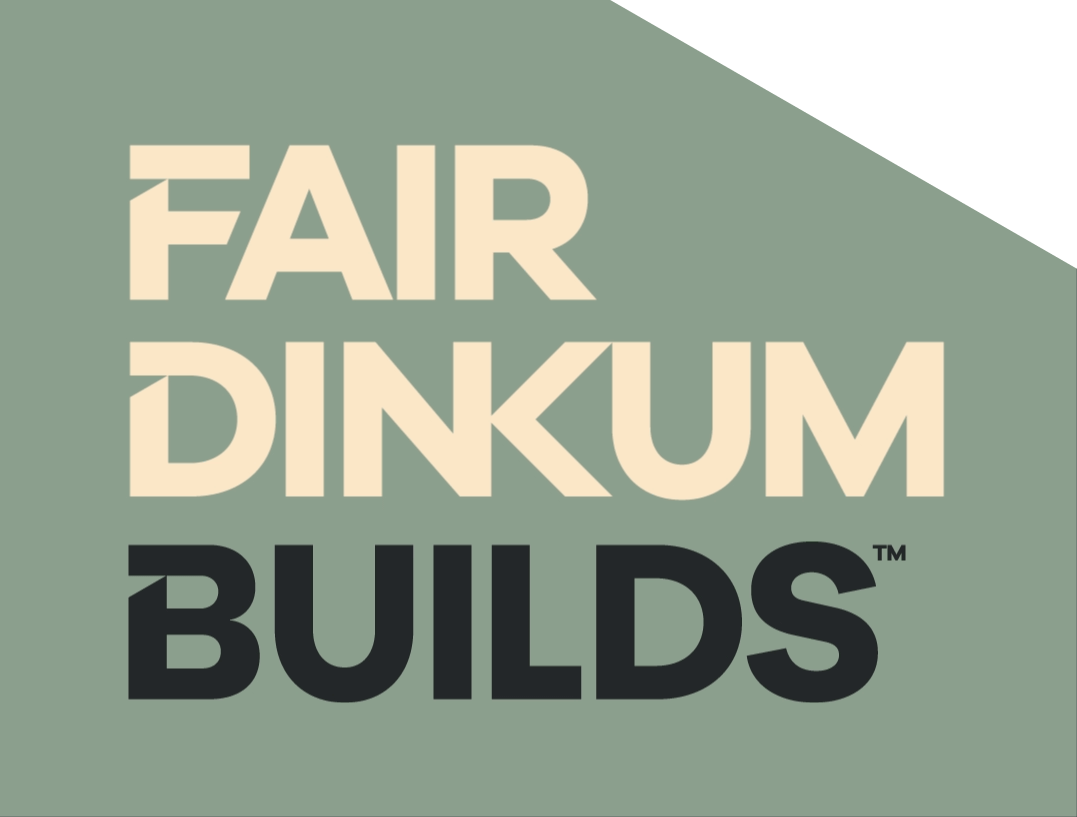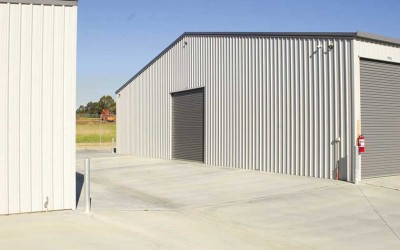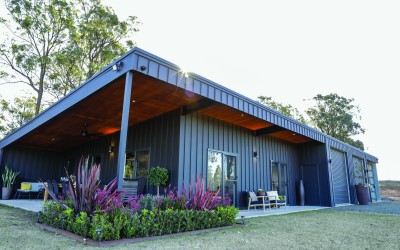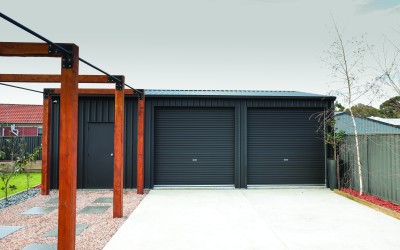
The great Aussie shed can be as unique as our DNA – a personal space used for so many different reasons.
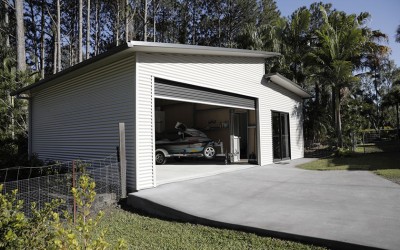
Increase the usability of your home and create a secure garage – either just for functional use, or to add an extra design feature to your home’s façade.

The Aussie barn – with its striking roofline – is the go-to for customers looking for the centre roof height of a barn, but without the drop of an American barn.
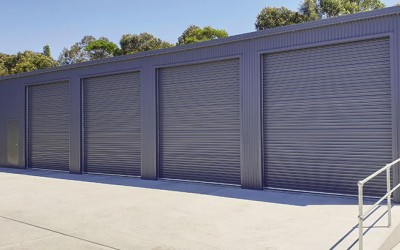
Whether you’re a self-storage facility, builder, owner, investor or buyer, we know self-storage.
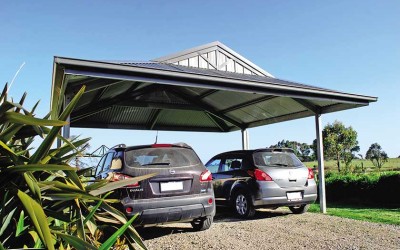
The carport is more than just a protected spot to park your car, it’s an Aussie icon.
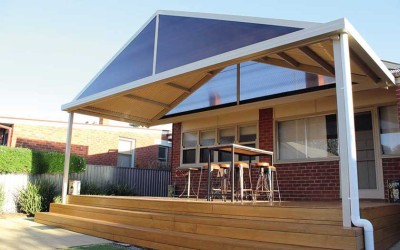
The great entertainer – the Aussie patio. It’s not just a patio – it’s where you create memories to last a lifetime.
Hit enter to search or ESC to close
Do I Need Council Approval to Build a Shed in WA?
26 March 2025
Whether you need extra storage space or a dedicated workshop, building a shed is always an exciting project. However, before you start drawing up plans and laying foundations, the first thing you need to do is work out whether or not your shed-building project requires council approval. Without this, there's a chance you could be fined for building without permission, even though the shed is on your own property.
Council regulations can be more complex than they seem, too, with different rules determining when planning is necessary and not. But don't worry - we're here to help make things much easier! Below, you'll find all the information you need about council approval for sheds in Western Australia.
Understanding Council Approval & Building Permits
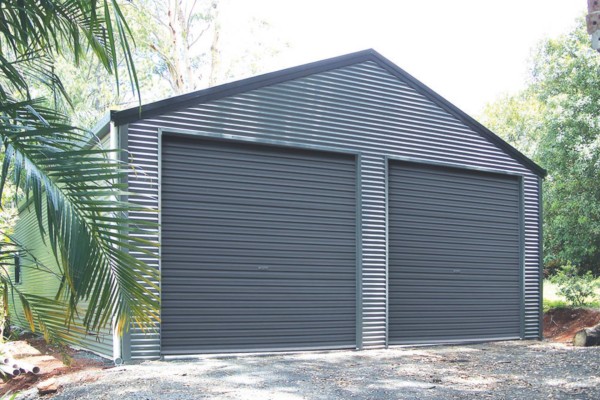
The approval requirements for building a shed in Western Australia depend on the size, height, location, and use of the structure, as well as the zoning of your property. Sounds pretty simple, right? Well, one other important thing you need to know is that there are two main types of approval that may apply to your shed, Planning Approval and a Building Permit, and this is where things start to become more complicated.
Planning Approval
Planning Approval (which is sometimes referred to as "Development Approval") is designed to make sure your shed meets the requirements outlined by your local council and that it aligns with the Residential Design Codes (R-Codes). This type of approval concerns the visual, environmental, and planning impact of your shed on the surrounding area.
Put simply, if your shed is located in a heritage-listed area, conservation precinct, or does not meet the deemed-to-comply requirements, planning approval will likely be necessary.
Building Permit
A Building Permit is different from Planning Approval in that it focuses on the structural integrity of your shed. This permit basically ensures that the construction meets the National Construction Code and any other relevant building standards. Even if your shed complies with planning regulations, you may still need a Building Permit, depending on your shed's size, height, and structural design.
To make things even more complicated, each local council will have slightly different regulations, so it's always best to contact the council directly to confirm the specific requirements for your location.
Building Classifications in Western Australia
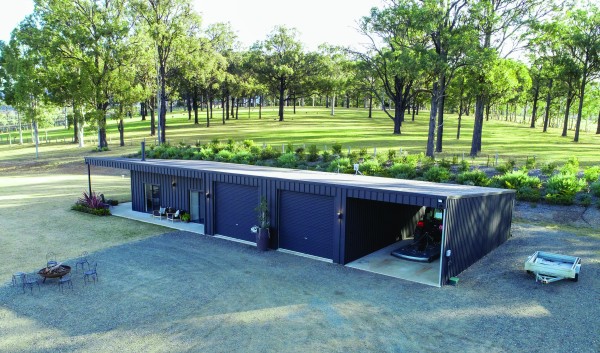
So, those are the two types of approval you might need for your shed build in Western Australia. However, something else you need to be aware of is that all buildings and structures in WA fall under specific classifications set out in the National Construction Code, and knowing which applies to you will help when figuring out if you need approval.
Luckily, most sheds fall under Class 10a, which includes enclosed non-habitable structures such as garages, outbuildings, and workshops. However, if you intend to use your shed for another purpose, it might fall under a different classification and this means it could require additional council approvals for compliance with stricter building codes. Here's what you need to know about different building classifications:
-
Class 1: This applies to residential dwellings, including houses, granny flats, and residential extensions. So, if you plan to convert your shed into a living space, it will need to meet Class 1 standards, including insulation, ventilation, and fire safety requirements.
-
Class 10a: This applies to sheds, garages, carports, and other non-habitable structures. There's a good chance this is the one that applies to your build, as most residential sheds fall under this category, but you'll still need to comply with building codes regarding height, setback lines, and safety requirements.
-
Class 7: This classification applies to commercial storage buildings, such as warehouses, and if you're planning to use your shed for this purpose, you're likely to need additional planning approval.
With this in mind, if you want to use your shed for a different purpose than storage or workshop use, you should check with your local council to make sure your application complies with the correct classification and approval requirements.
When is Planning Approval Required?
The good news is that not every shed build requires Planning Approval, but the necessity depends on various factors, including size, zoning, location, and, as detailed above, intended use. To simplify this, a shed will likely require Planning Approval if:
-
The floor area exceeds 60m².
-
The wall height exceeds 2.4 metres or the ridge height is more than 4.2 metres.
-
The shed is located within the front setback line or impacts the streetscape.
-
The property is in a conservation precinct or has heritage restrictions.
-
The shed does not comply with natural ground level requirements.
Then there's zoning to consider. If your shed is in a residential zone, it must meet the deemed-to-comply provisions of the Residential Design Codes (R-Codes). These provisions establish requirements for setbacks, floor area, and overall building height. Also, remember that each local council has its own planning policies that may vary slightly, so it's best to check with them directly before starting construction.
When is a Building Permit Required?
Even if Planning Approval isn't needed, a Building Permit is still required for most shed builds as this makes sure it complies with building standards and structural safety requirements. If your shed meets any of the following conditions, a Building Permit will likely be required:
-
It has a floor area greater than 10m².
-
It exceeds 2.4 metres in height.
-
It is attached to another structure, such as a house or garage.
-
It includes electrical or plumbing installations.
However, there are some exceptions. For instance, if your shed is freestanding, has a floor area of less than 10m², and does not exceed 2.4 metres in height, you might be exempt from requiring a Building Permit. Do remember, though, that even if a permit is not required, you must still make sure your shed complies with setback lines, boundary requirements, and other local council regulations.
How to Apply for Council Approval
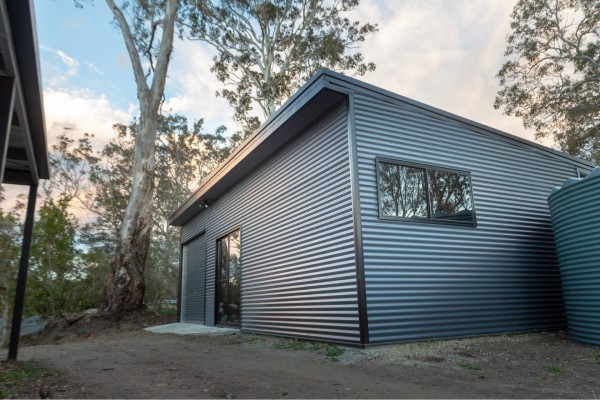
For both Planning Approval and Building Permits, you'll need to submit an application to your local council directly. This is something Fair Dinkum Builds can help with as part of our shed building service, but to give you a general idea of what's involved, this is how the process usually plays out:
Step 1: Prepare Your Documents
The first thing you'll need to do is prepare all the required documents together. This will usually include a site plan that shows the exact location of your shed in relation to property boundaries, detailed drawings and structural plans with information on dimensions and materials, and any other additional supporting documents like heritage impact statements.
Step 2: Lodge the Application
After compiling all the required documents, you'll need to submit your application to your local council and you can do this online via the Western Australia Planning Portal. You will also need to pay your application fees, which will vary from council to council, but you will usually be made aware of the cost when making your application.
Step 3: Assessment & Approval
Once your application has been submitted, the council will review the plans to ensure that your shed complies with all of their regulations. Patience is key here, as the assessment process can take a few weeks to several months, depending on the complexity of the project and whether additional approvals are needed from environmental or heritage departments. If, during the assessment stage, your shed is found to not comply with certain regulations, you may be asked to modify your plan and resubmit it for further review.
Step 4: Decision
Finally, you'll receive a decision. If your application has been rejected, you'll be told why and will have the chance to appeal or to submit again. If you're granted approval, you can begin construction, but you must make sure that all the work is carried out according to the approved plans.
In some cases, councils will visit your property after construction is complete to conduct a final inspection and verify that the shed has been built in accordance with the approved plans and building regulations.
Why Compliance Matters
It can be tempting to just go ahead and build a shed without seeking approval, or to change the plans once approval has been granted. But, this is a very bad idea! For starters, if you build a shed without the necessary approvals, you could face fines, legal disputes, or even demolition orders, which can be far most costly than following the proper process from the outset.
There are also the insurance risks to consider. Many home insurance policies do not cover damage to or caused by unauthorised structures, and this means you'll be left financially liable in the event of fire, storm damage, or any other accidents. Again, this is far more costly than just doing it correctly in the first place.
Build the shed of your dreams with Fair Dinkum Builds
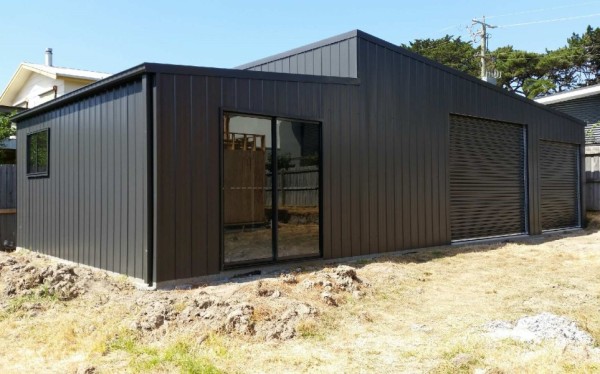
Building a shed in Western Australia might seem like a complicated process at first, but it's actually quite straightforward when you take the time to understand the process and comply with local council regulations. In most cases, however, it's best to leave the paperwork and the application process to the experts, and that's something we can do for you. This also leaves you with the time to focus on the look of your shed, and with your Shed Designer App, it's never been easier to customise a shed and create something that fits your specific needs. Contact us today, and let's get started on your custom shed build together.
More stories you may be interested in
22 October 2025
Gable vs Skillion Roof Sheds
There are so many factors that you need to consider when building a shed, and one of the most important is the type of roof it will have. The roof style and pitch don't just impact the aesthetics of your shed, but its strength, drainage, and how it fits in with the rest of your property, too.
22 October 2025
Single Garages vs Double Garages
Anyone considering building a garage must make a crucial choice: should you build a single or a double garage? Both options come with their own benefits, but ultimately, it often comes down to a few factors.
